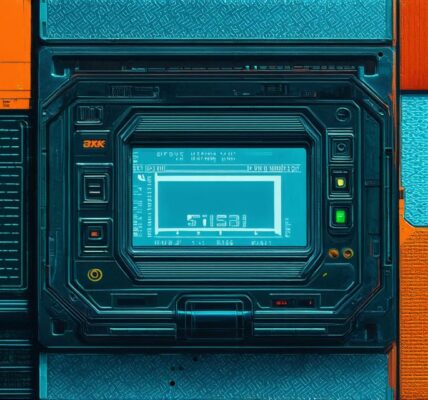Video games have become an integral part of our lives in recent years. They provide entertainment, relaxation, and even education to players around the world. However, behind every video game lies a team of skilled professionals who bring the game to life. One of the most important roles on this team is the video game designer. In this article, we will explore what video game designers do, their responsibilities, and how they contribute to the success of a video game.
What are Video Game Designers?
Video game designers are responsible for creating the concept, rules, storyline, characters, levels, and overall experience of a video game. They work closely with other members of the development team, such as artists, programmers, and producers, to ensure that their vision is brought to life in the game. Video game designers can work on a wide range of games, from casual mobile games to complex console or PC games.
Roles and Responsibilities of Video Game Designers
1. Conceptualization
The first step in creating a video game is conceptualization. This involves brainstorming ideas for the game’s theme, mechanics, characters, and storyline. Video game designers use their creativity and experience to come up with innovative concepts that will engage players and stand out from other games in the market.
2. Prototyping
Once the concept is finalized, video game designers create a prototype of the game. This is a basic version of the game that allows developers to test the mechanics and see how they work together. Video game designers use their technical skills to program the prototype and make sure it runs smoothly.
3. Level Design
Video game designers are also responsible for designing the levels of the game. They create the layout, add obstacles, and design challenges that players will face as they progress through the game. They work with artists and programmers to ensure that the levels look visually appealing and are challenging enough to keep players engaged.
4. Storyline Development
Video game designers also develop the storyline of the game. They create characters, plot twists, and dialogue that will keep players immersed in the game’s world. They work closely with writers and other members of the development team to ensure that the story is cohesive and engaging.
5. Testing and Iteration
Video game designers play a crucial role in testing and iterating on the game. They test the game extensively to identify bugs, glitches, and areas for improvement. They then work with the development team to make changes and improvements to the game based on player feedback and testing results.
Examples of Successful Video Game Designers
There are many successful video game designers who have made significant contributions to the industry. Some examples include:
- Shigeru Miyamoto – Miyamoto is a Japanese video game designer who is best known for creating the Mario franchise. He has won numerous awards and recognition for his work, including induction into the World Video Game Hall of Fame.
- Ken Levine – Levine is an American video game designer who is best known for creating the BioShock series. He has been praised for his innovative storytelling and unique approach to game design.
- Clifford Stern – Stern is an American video game designer who is best known for creating the Tetris game. He has won numerous awards and recognition for his work, including induction into the Computer History Museum.
Case Studies in Video Game Design
One of the best ways to understand what video game designers do is to look at real-world case studies. Here are a few examples:
- The Development of Grand Theft Auto V
- The Development of Portal
- The Development of World of Warcraft
Grand Theft Auto V is one of the most successful video games of all time, with over 65 million copies sold worldwide. The development team was led by game designer Dan Houser, who worked closely with other members of the team to bring the game to life. The game’s success can be attributed to its immersive world, engaging storyline, and innovative gameplay mechanics.
Portal is a puzzle-adventure video game that was created by designer Jonathan Blow. The game’s unique gameplay mechanics, which involve manipulating portals on walls to solve puzzles, have been praised for their creativity and innovation. The game has won numerous awards and recognition, including inclusion in the Academy of Interactive Arts & Sciences’ Hall of Fame.
World of Warcraft is a massively multiplayer online role-playing game (MMORPG) that was created by game designer Blizzard Entertainment. The game’s success can be attributed to its engaging storyline, immersive world, and innovative gameplay mechanics. The game has won numerous awards and recognition, including inclusion in the Guinness World Records for having the most simultaneous players online.
Summary
Video game designers play a crucial role in creating the games we love to play. They are responsible for conceptualizing the game’s theme, mechanics, characters, levels, and storyline, as well as testing and iterating on the game to ensure that it is engaging and fun to play. By working closely with other members of the development team, video game designers can bring their vision to life and create games that are both entertaining and meaningful.
FAQs
Here are some frequently asked questions about video game designers:
- What skills do video game designers need?
- How long does it take to create a video game?
- What is the most important part of a video game?
Video game designers need a combination of technical skills, creativity, and communication skills to be successful. They also need to have a deep understanding of game mechanics and design principles.
The development process for a video game can vary depending on the complexity of the game and the size of the development team. It can take anywhere from several months to several years to create a video game.

The most important part of a video game is its gameplay mechanics. If the gameplay is not engaging and fun, players will quickly lose interest in the game.




